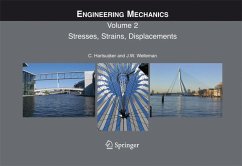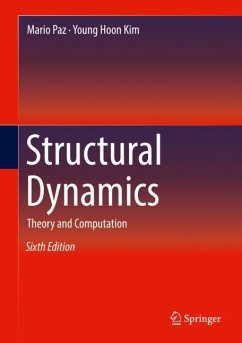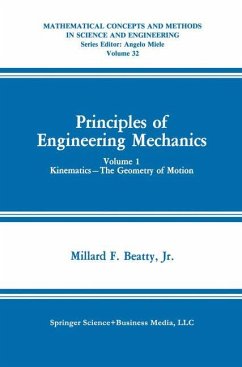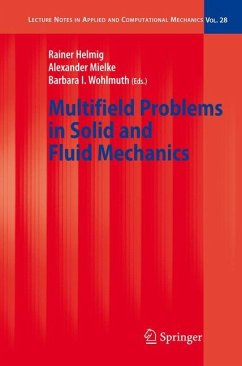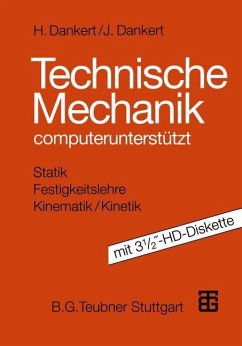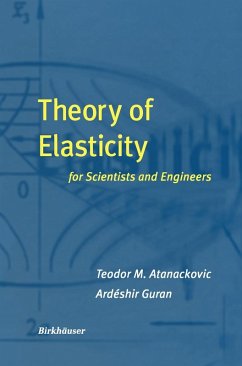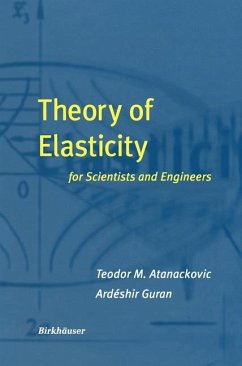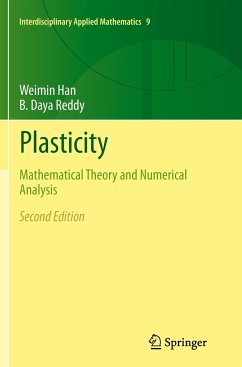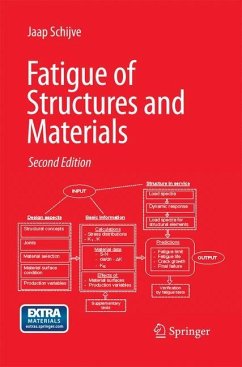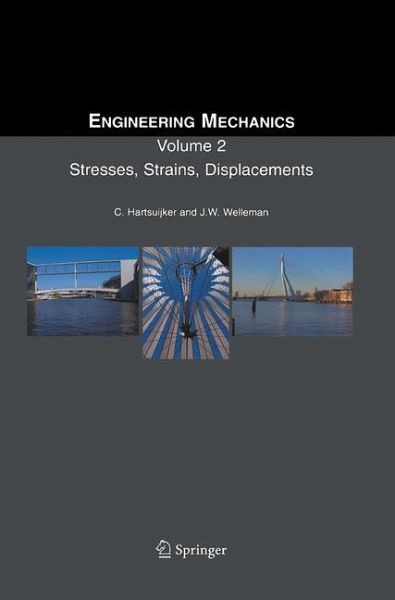
Engineering Mechanics
Volume 2: Stresses, Strains, Displacements
Versandkostenfrei!
Versandfertig in 6-10 Tagen
37,99 €
inkl. MwSt.
Weitere Ausgaben:

PAYBACK Punkte
19 °P sammeln!
Here is a systematic and clearly laid out text on structural and continuum mechanics. Containing hundreds of diagrams, drawings and examples, this work dovetails theoretical developments and figures in a beautifully conceived treatment of the subject. The book also covers stresses and strains in simple elements subjected to extension, bending, shear and torsion. For elementary structures, simple load displacements are obtained using both classical mathematics descriptions and engineering methods like Williot diagrams.





